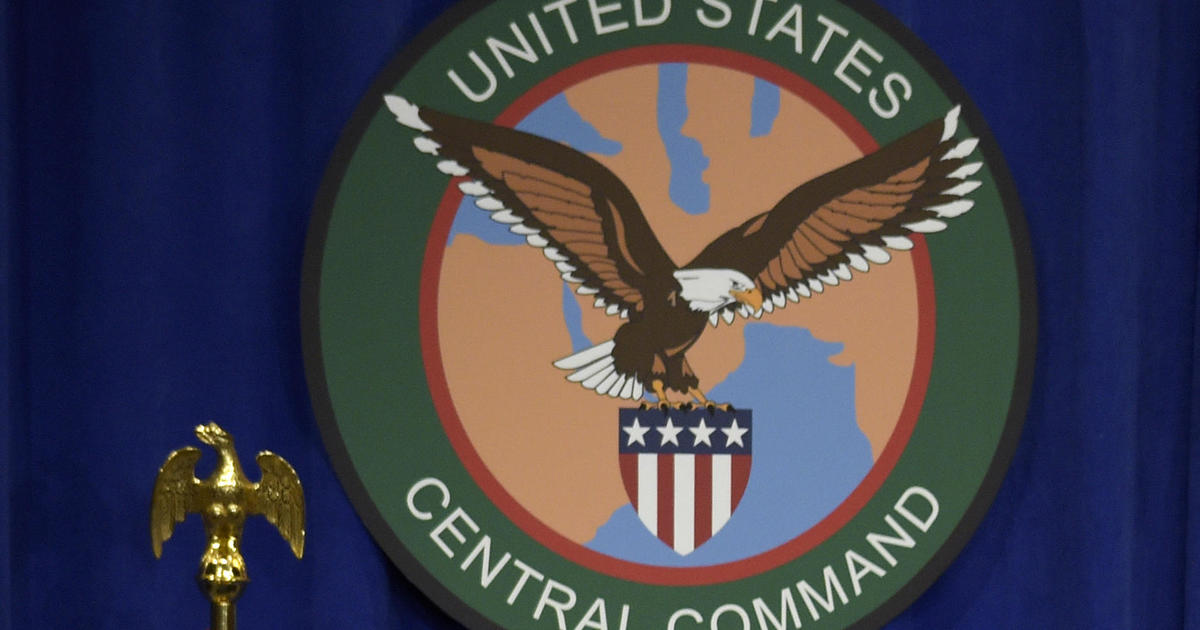The United States military conducted two separate airstrikes in Syria, eliminating a significant number of militants affiliated with the Islamic State (ISIS) and the al-Qaeda-linked Hurras al-Deen group. These operations, carried out in northwestern and central Syria, highlight the ongoing U.S. commitment to counterterrorism efforts in the region and underscore the persistent threat posed by these extremist organizations. The strikes, targeting both high-value individuals and training camps, serve as a demonstration of the U.S. military’s capacity for precise and effective action against these groups, even in complex operational environments. The impact of these actions on the overall capabilities and future operations of ISIS and Hurras al-Deen is expected to be significant, though the long-term consequences remain to be seen, particularly given the persistent nature of these groups and their ability to adapt to changing circumstances. The involvement of U.S. forces, in conjunction with Kurdish-led Syrian Democratic Forces, also underscores the importance of regional alliances in combating terrorism.
U.S. Airstrikes Eliminate ISIS and Al-Qaeda Linked Militants in Syria
The U.S. Central Command (CENTCOM) announced two successful airstrikes targeting ISIS and Hurras al-Deen militants in Syria. These operations, conducted on September 16th and later in the month, resulted in the deaths of a significant number of militants, demonstrating the continued U.S. commitment to counterterrorism efforts in the region. The precision of these strikes minimizes the risk of civilian casualties, while maximizing the impact on the targeted terrorist organizations. Furthermore, the targeting of both training camps and high-value individuals disrupts the organizational structure and operational capabilities of the terrorist groups, significantly hampering their ability to recruit, train, and plan future attacks. The strikes showcase the capabilities and effectiveness of the U.S. military in conducting targeted strikes in complex and contested areas.
Targeting High-Value Individuals
One of the airstrikes specifically targeted a senior leader within the Hurras al-Deen group, responsible for overseeing the group’s military operations. The elimination of this high-ranking figure is considered a major blow to the organization, disrupting its chain of command and potentially hindering its operational efficiency. This strategic targeting highlights the U.S.’s intelligence-gathering capabilities and their capacity for precision strikes, which are crucial for disrupting the leadership structures of terrorist groups and preventing future attacks. Eliminating key leaders reduces their ability to plan, coordinate, and motivate attacks, having a considerable impact on the group’s operations.
Disrupting ISIS Training Camps
The second airstrike focused on an ISIS training camp located in central Syria, resulting in the deaths of twenty-eight militants. This action not only directly removed fighters from the battlefield but also disrupted ISIS’s ability to recruit, train, and indoctrinate new members. Striking these camps before militants are fully trained significantly weakens their overall capacity to execute attacks. This approach reflects a broader strategy of preventing the development of new terrorists rather than simply reacting to their actions. It reduces the group’s strength and capacity to act as a threat to regional stability and to the United States and its allies.
U.S. Military Presence and Regional Partnerships in Syria
The ongoing presence of approximately 900 U.S. forces and an undisclosed number of contractors in Syria underscores the enduring commitment to counterterrorism efforts in the region. These forces provide critical support and advice to local partners, most notably the Kurdish-led Syrian Democratic Forces (SDF). This collaboration demonstrates the importance of strategic alliances in tackling complex security challenges. The combined forces work towards destabilizing and dismantling the networks and influence of extremist groups in Syria. Their presence also contributes to preventing the resurgence of ISIS or the escalation of conflict involving other regional powers. This collaborative partnership, built over years of operations, ensures more effective and sustained counterterrorism operations.
The Role of the SDF
The partnership between the U.S. military and the SDF is a crucial component of the counterterrorism strategy in Syria. The SDF, with their intimate knowledge of the local terrain and populations, play an irreplaceable role in intelligence gathering, providing logistical support, and conducting joint operations with U.S. forces. The U.S. provision of support to the SDF is intended not only to fight terrorist organizations but to help support the political and physical security and stabilization efforts of SDF communities affected by ISIS. This collaboration underscores the need for local expertise and regional partnerships in achieving sustained counterterrorism goals. The support and relationship between these two key entities prove pivotal to long-term counterterrorism strategies.
Ongoing Threats and Future Challenges
Despite significant successes in degrading ISIS and other extremist groups, the threat of terrorism in Syria and the wider region persists. The resilient nature of these groups, their ability to adapt and regroup, and the complex geopolitical dynamics within Syria present considerable challenges for continued efforts. Maintaining pressure on these organizations will require sustained vigilance, effective intelligence-gathering, and the continued development of robust regional partnerships. Ongoing challenges highlight the complex and protracted nature of counterterrorism, demonstrating the need for sustained commitment, adaptable strategy, and continued vigilance. Monitoring and neutralizing terrorist cells as they appear remains critical.
The Persistence of Extremist Ideologies
Beyond military operations, the threat posed by extremist groups extends to the ideological basis upon which they are built. Combating these violent extremist ideologies requires a multi-faceted approach, extending beyond military actions to include education, rehabilitation, and the development of sustainable political processes that promote inclusion and reconciliation. Such work demands not only a sustained counterterrorism response but efforts at strengthening community resistance, promoting moderate voices, and developing a more holistic understanding of the conditions driving such extremism.
Take Away Points:
- U.S. airstrikes successfully eliminated numerous ISIS and Hurras al-Deen militants in Syria.
- The strikes targeted both high-value individuals and training camps, significantly impacting the groups’ operational capabilities.
- The ongoing U.S. military presence and partnership with the SDF are crucial in counterterrorism efforts.
- Despite these successes, the threat of terrorism in the region persists, requiring a sustained commitment to counterterrorism operations and a broader strategy addressing the root causes of extremism.




